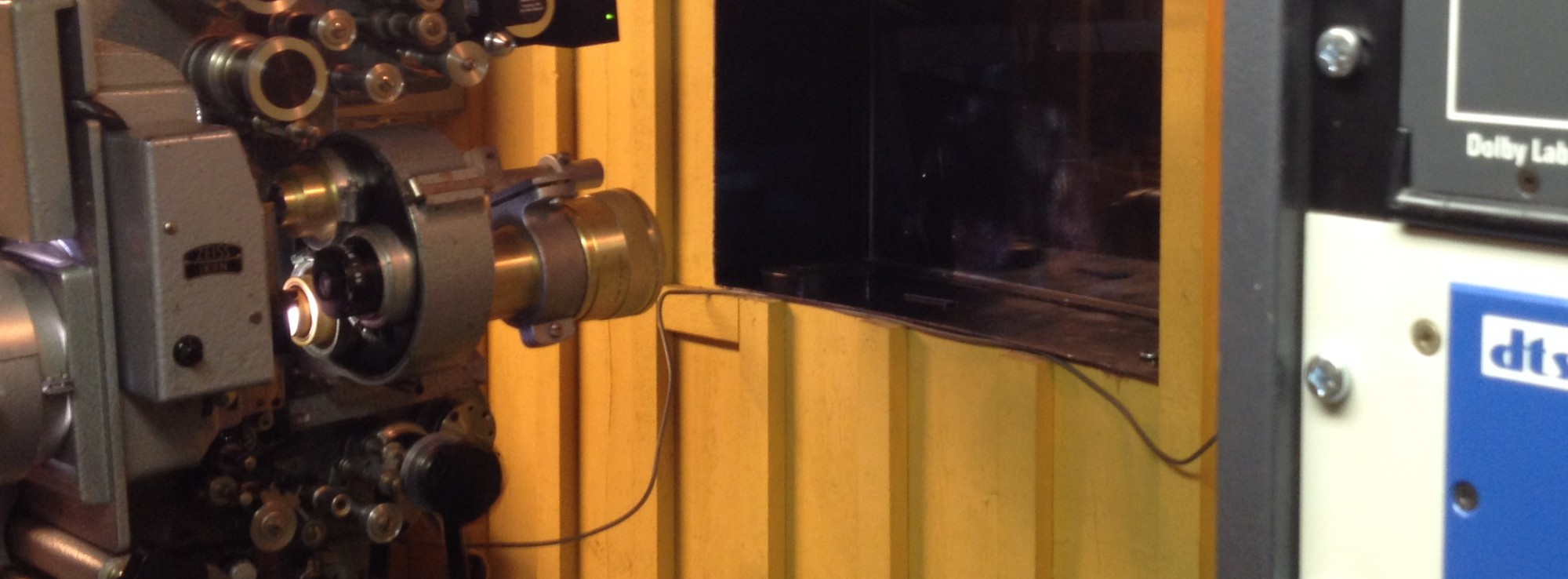A few years ago, I decided to pursue a dream. Instead of upgrading my sensible Volvo V70 to another sensible Volvo, I bought a Jaguar. Not one of the really fancy ones but nevertheless a real Jaguar, with a V8 engine that is capable of 300 bhp and enough speed for the Autobahn. It’s a 2003 S-Type and one of my most precious possessions.
It’s a thing of beauty. It has beautiful lines and an elegant interior with Jaguar’s trademark wooden panels and charcoal-coloured leather. The equipment & accessories level is fabulous, with everything from electric seats and auto-dimming rearview mirrors to an integrated satnav and a built-in phone. And it’s made for the driver; the whole experience is geared towards the person behind the wheel, fine-tuned for long road trips.
Not that it isn’t practical enough for a family man like that sensible Volvo would have been; it is. There is enough room for the four of us in my family, should we decide to travel in style, and it’s actually not al that expensive to drive if you stay away from the Sport button. The, shall we say, reputable British electrical system is more reliable than, well, its reputation, and the build quality is superior.
Should something break down, though, spare parts aren’t more expensive than the sensible Volvo’s, but the situation can nevertheless be tricky. See, you don’t want every Tom, Dick or Harry at a Volvo shop to touch your Jag. A Volvo is one thing – it’s means to an end, really, nothing more – but a Jag something else altogether. It’s a priced possession and therefore cannot be left at the mercy of a time-slotted teenager at Volvo.
Which brings me to the subject of enthusiasts. I was lucky. First of all, I realised that I wanted to by my Jag from somebody who knows Jags, so I found Joe’s Garage, a Lund, Sweden operation specialising in Jags. Nice and knowledgeable, they can also locate just the right car for you, should you not be satisfied with their current offerings. My S-Type was imported from Germany by them and then brought up to specs at their repair shop. And while I waited for the paperwork to complete in Lund, I couldn’t help but notice the lid at the loo, boasting the Union Jack.
In fact, British colours were everywhere. Flags, coffee mugs, lounge paint… not to mention the twin-deck bus outside. The people at Joe’s Garage are die-hard enthusiasts and anglophiles. I’m too, so it’s a perfect match. Well, almost.
Servicing your new Jag at a shop a three-hour drive from home is cumbersome at best, so I was given the number to JaguarLars, a Gothenburg-based Jaguar shop named after its owner, a Jaguar enthusiast possibly even more fanatic than his peers in Lund. A former IT consultant, Lars realised a long time ago that he’d be far happier servicing, selling and buying Jaguars than sitting at a keyboard, and therefore set up a shop that only deals with Jaguars (well, actually he does currently have an Aston Martin DB7 on sale, but…). He knows everything about Jags, is always willing to spend a few minutes chatting about Jags, Top Gear and more, and- if you’re lucky – will let you borrow his XJS while fixing yours.
And that’s the thing; with buying Jaguars comes the territory. No, not the British gentleman in tweed or his yearly fox hunt, but the enthusiasts who are into Jaguars for a reason entirely different from what you explain to the bank when buying that sensible Volvo. Yes, you frequently drive to and from work with it, drop off your kid at figure skating training, or take it to the grocery shop, but you do it in style and with a smile.
The world can never be the same again.
